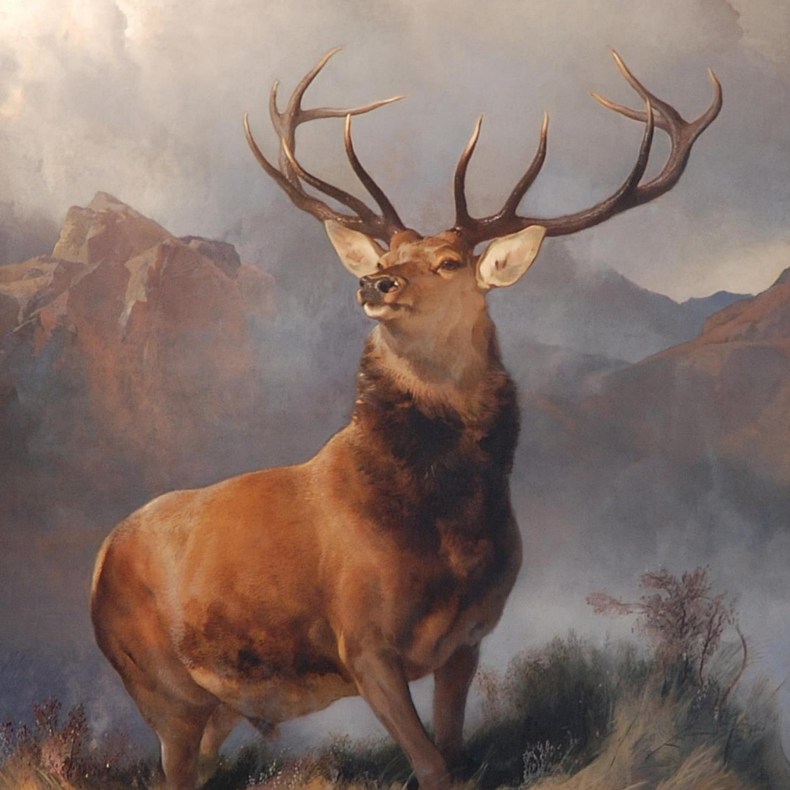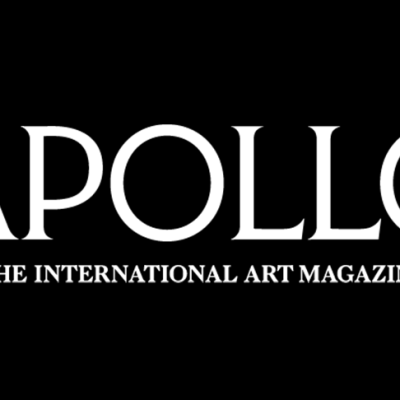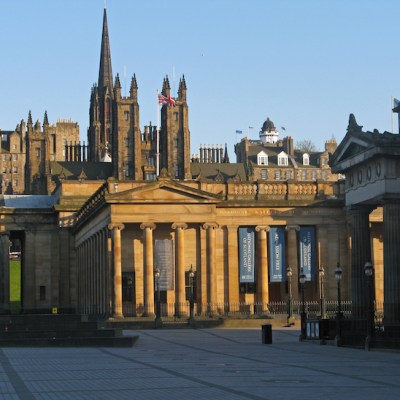For a while this month, it seemed as though Edwin Landseer’s Monarch of the Glen (1851) would no longer be on public view in Scotland. The famous oil painting of a red stag stood imperious against a craggy, heather-tinted Highlands backdrop had been on loan from its owners, the drinks company Diageo, to the National Museum of Scotland for 17 years. Having decided that the piece no longer possessed any ‘direct link to our business or brands’, Diageo announced on 2 November that it was to be auctioned at Christie’s later this year. Reported as likely to sell for more than £10 million, there hovered the uncomfortable possibility that the painting might disappear to a foreign buyer.
A small but forcefully expressed public outcry ensued. In a very cross letter to the Herald, the merchant banker and former Chairman of the National Museums of Scotland Sir Angus Grossart described Diageo’s decision as a ‘slap in the face’, undermining the company’s attempt to present itself as a ‘committed corporate participant in Scottish public and cultural life’. The intended international display of the painting before auction, he said, drew to mind ‘the scene of a captured prince being taken to Rome to be sold for the highest price’.
This seems to have shamed Diageo into a decision to gift the National Galleries of Scotland £4 million of what emerges is the painting’s £8 million value, allowing them the opportunity to raise the other half. The Monarch of the Glen now seems likely to remain in Scotland, and to go on permanent public display for the first time.
Whether the painting is, in an aesthetic sense, worth the money is an open question. Peter Brown, Christie’s head of Victorian and Pre-Raphaelite art sounded defensive when he acknowledged that, ‘of course it has a universal currency in that it has been so widely reproduced’, before describing the work as ‘an extraordinarily masterful piece of painting’, citing ‘the dew on the antlers, the realisation of fur, the way the heather sparkles in the morning light’: an unintentionally telling account of Landseer’s dewy-eyed romanticism.
The Monarch of the Glen’s broader cultural significance is more obvious. It has long been emblematic of a shortbread-tin Scottishness; one with which various brands have been keen to associate themselves. Diageo acquired the painting in their previous incarnation as Guinness, when they bought Dewar’s Whisky back in 1986: Dewar’s had used the image as their trademark since themselves buying the painting from Pears soap company. Baxter’s Soup, Glenfiddich, and Challenge Butter have all used versions of the image over the years. It seems fair to note that the Monarch’s public significance owes more to its corporate ubiquity than Sir Angus’s letter allows. The painting was only sold to a private collection in the first place because a public body, namely the House of Commons, refused to pay Landseer’s commission when he completed the painting for use in the House of Lords Refreshment Rooms.
That a work by an English artist, originally commissioned by the Westminster Parliament, can be considered an important symbol of Scottish identity is ironic given the country’s current nationalist moment. Landseer’s title seems an obvious reference to Queen Victoria: although Prince Albert was not to complete his purchase of Balmoral until 1852, the royal couple had already begun their regular visits to the Scottish Highlands, and Landseer’s paintings were soon to epitomise ‘Balmorality’, the embrace by the English aristocracy of a sentimentalised version of Highlands culture.
It’s a history of appropriation hinted at by Peter Saville’s 2002 print, After, After Monarch of the Glen – itself a take on Sir Peter Blake’s 1966 version of Landseer’s original – a large scale tapestry of which can be found in Edinburgh’s Dovecot Studios. Then again, very little captures contemporary Scottishness so well as a painting whose history maps Scotland’s complicated relationship with commerce, and with her English neighbours.
The Monarch of the Glen (1851), Sir Edwin Landseer Public Domain Pictures




